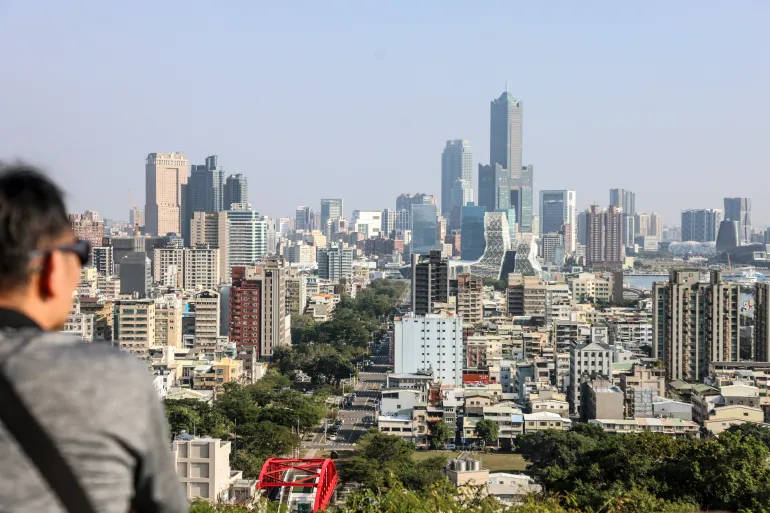The bond market flinched Thursday after fresh numbers showed wholesale inflation heating up faster than anyone expected.
The 2-year Treasury yield — the one most tied to Fed rate policy — popped nearly 5 basis points to 3.732%. The benchmark 10-year moved up about 4 bps to 4.281%. (Quick refresher: one basis point is 0.01%, and yields and prices move in opposite directions.)
The culprit? The Producer Price Index — basically what businesses pay each other for goods and services — surged 0.9% in July. Wall Street had been braced for just 0.2%. On a year-over-year basis, it’s up 3.3%, the largest annual jump since February.
That surprise came just days after the Consumer Price Index painted a softer picture, briefly soothing worries about tariffs driving up costs. Now, the PPI has traders rethinking how fast the Fed might cut rates.
Even with the hotter read, futures markets still see a 93% chance of a September rate cut, according to the CME FedWatch tool — but any talk of a super-sized half-point cut has been tossed aside.
The timing here is awkward for Jerome Powell & Co., who will be in the spotlight next week at the Fed’s annual Jackson Hole economic symposium. Last year’s gathering set the stage for a rate shift; investors will be watching closely for any new signals.
The hotter US inflation print rattled government bond markets around the world. German Bunds, UK gilts, and Japanese government bonds all saw selling, and the US dollar perked up against major currencies.
Paul Eitelman, chief investment strategist at Russell Investments, summed it up:
“Inflation is starting to come through. It’s not massive yet but it could certainly continue in coming months.”









The latest news in your social feeds
Subscribe to our social media platforms to stay tuned